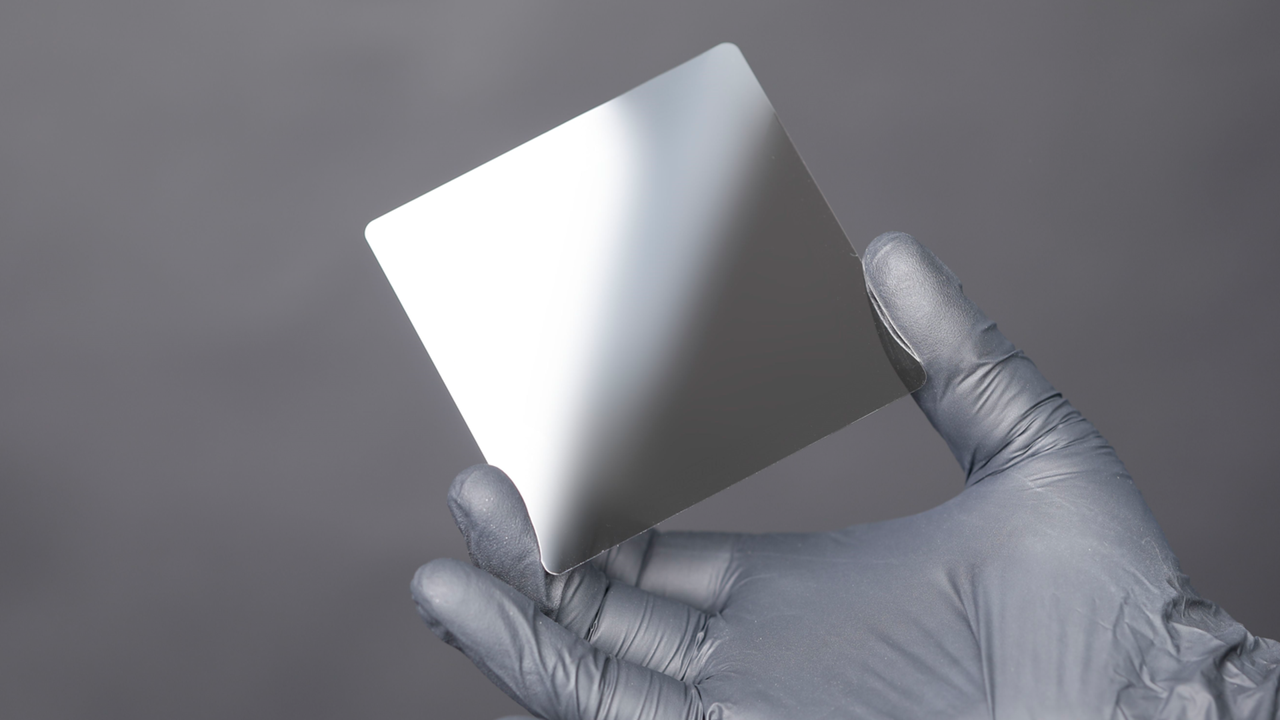
- Cerabyte’s ceramic-on-glass technology ushers in a new era for sustainable digital archiving
- Permanent media eliminates the power needs of conventional archival data systems.
- Smartphone-readable samples show how accessible permanent storage could soon become
At the recent 2025 Open Compute Project (OCP) Global Summit in San Jose, California, Cerabyte offered attendees a rare opportunity to “own a piece of storage history.”
The company displayed framed samples of its ceramic-on-glass holders, each containing a digital copy of the United States Constitution.
These early access samples showcase a new form of data preservation technology that aims to outlast all conventional media currently in use.
The giveaway was part of the OCP Innovation Village, where companies showcase technologies that reshape the future of computing, networking and data centers.
Cerabyte’s approach is based on the idea that data storage should be permanent and sustainable.
The company’s ceramic media requires no maintenance, power or migration to preserve information and offers what it calls “unlimited data preservation.”
This design greatly reduces long-term storage costs and carbon footprint, a claim that will likely appeal to data-intensive industries such as hyperscalers, research institutions, and digital archives.
This demonstration focused on symbolic content rather than capacity, and the current prototype reportedly has capacity for several gigabytes.
Summit visitors watched a live demonstration showing how to read and decode data stored on the ceramic-on-glass holders using a standard smartphone.
This accessibility feature distinguishes the technology from traditional file storage, which often requires specialized readers or environments.
“Data is at the core of society as well as artificial intelligence, but storage media are not designed to retain data permanently while allowing it to be quickly accessible,” said Christian Pflaum, CEO of Cerabyte. “This is a unique combination that is key to bridging the past and unlocking future use cases.”
Despite the promise of longevity and efficiency, questions remain about scalability, cost of production, and real-world adoption.
While ceramic-on-glass specimens offer a striking glimpse into the permanence of archives, their path to commercial viability in modern cloud storage environments and AI data infrastructures remains uncertain.
For now, OCP Summit attendees took home not only a souvenir of innovation, but perhaps a tangible sign of where the future of data preservation could lead.
Follow TechRadar on Google News and add us as a preferred source to receive news, reviews and opinions from our experts in your feeds. Be sure to click the Follow button!
And of course you can also follow TechRadar on TikTok for news, reviews, unboxings in video form and receive regular updates from us on WhatsApp also.



